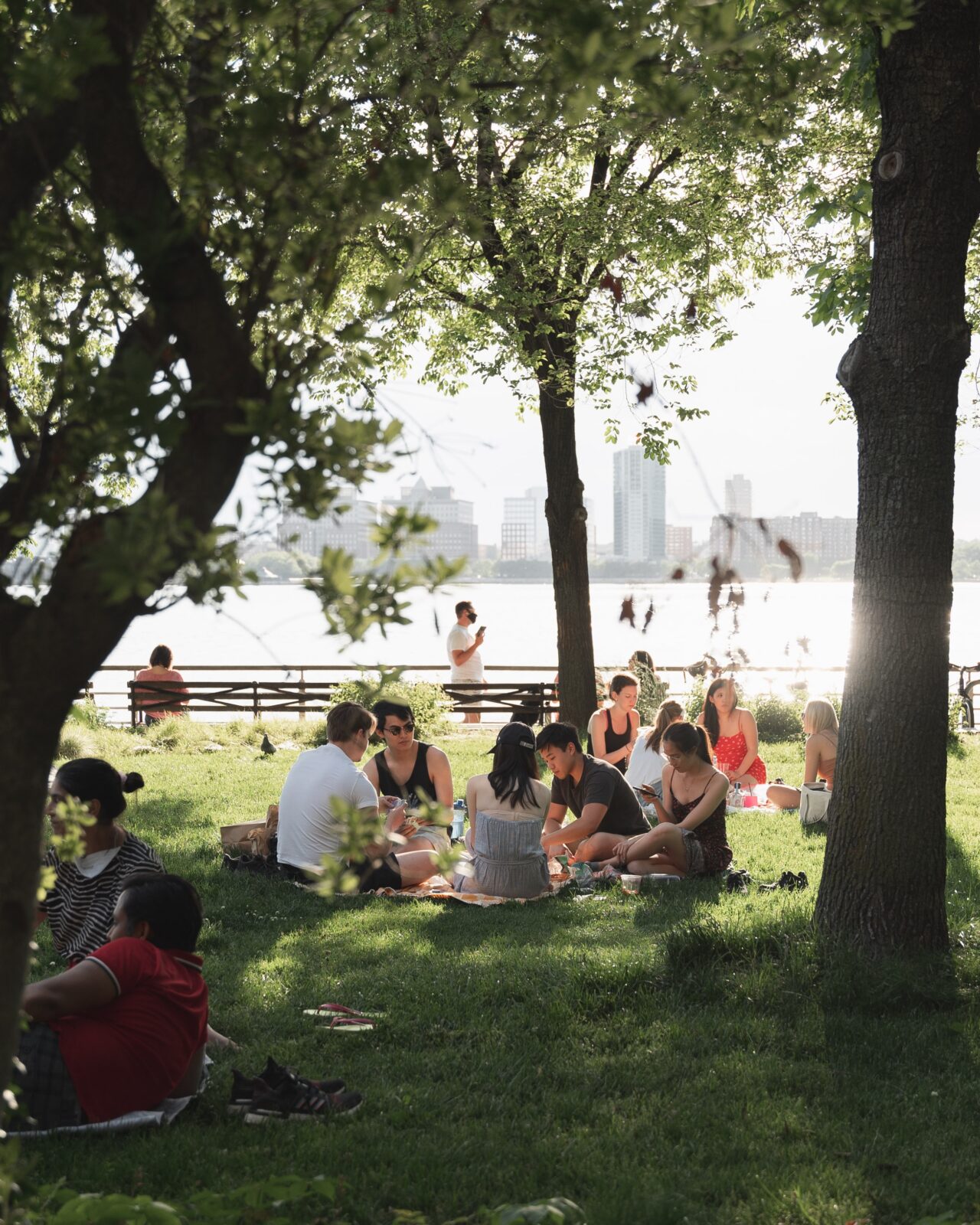Homelessness is complicated, and anyone who tells you there’s only one cause of it is wrong. Like blind men trying to discern an elephant, one writer says rising numbers are because of drug addiction and alcoholism. Another singles out mental illness. Another says homeless people head for the best year-round weather. Some cite the general poverty rate. Others groan about judicial decisions.
The most common reason, according to many newspapers and magazines: high housing costs. Typical adamant statements: Places with [choose one of those reasons] don’t have the most homelessness. Cities with high housing costs do. To fix homelessness, build more free or inexpensive housing. The solution is clear.
No it’s not. An afternoon wading through homelessness statistics leaves me with several conclusions. First, a big contributor to the growth of homelessness is one often overlooked: fewer people per household. “Solitaries” made up eight percent of all households in 1940, eighteen percent in 1970, and about thirty percent now. Part of that reflects an aging population and part the decline of marriage, but a big chunk is personal preference.
The Hill recently quoted Bella DePaulo, an advocate of singleness, saying “living alone can be a dream come true…. You get to curate your own life. You decide when to go to sleep and when to get up, what and when to eat, what to watch or to listen to for entertainment, and how warm or cool your place will be.” As I noted last week, “personal autonomy” is now among the highest goals — but our national epidemic of loneliness indicates that living alone can be a nightmare come true.
It’s not true that two can live as cheaply as one, but two (as long as they get along) can live in a space not much bigger than one. And yet, how often do we hear this as a partial solution to homelessness: “Get married, or get a roommate”? Sure, we can try to spend our way out of social change by putting all our eggs in the “housing first” basket, but a better (and more affordable) answer is — family and community first.
The place that gets the most press coverage for its homeless problem, Los Angeles, has the biggest number of homeless people in any US county: 76,000, according to the official count early this year. Photo opportunities there include a Skid Row that could illustrate an updated version of Dante’s Inferno. What’s often missed, though, is that Los Angeles County has 9,830,000 people, so more than 99 percent on any given night have homes. If only one percent of those people took in one person who’s homeless, the homelessness crisis disappears.
The rejoinder to that is obvious: A person is not an extra piece of furniture. Many among the homeless don’t have family members or neighbors who can or want to take in an extra person. Many are addicts or alcoholics, or are mentally ill. Aha! Now we’re getting to the heart of the problem: Not primarily a lack of housing but a lack of human beings who can get along.
This leads me to remember a big mistake I made 45 years ago while working as a novice speechwriter at the DuPont Company. Searching for a vivid way to explain that a particular economic development had more than one cause, I referred to the “two-hit” theory (new at that time) that tumors arise not out of one genetic mutation but two. The senior speechwriter kindly explained to me that DuPont was then facing lawsuits over its use of carcinogenic chemicals at one time, and the CEO would not be amused by my reference to cancer causation.
So here’s my opportunity, almost half a century later, to discuss what I learned back then. Two years ago Jonathan Chernoff’s article, “The two-hit theory hits fifty,” explained it to readers of the journal Molecular Biology of the Cell: “Few ideas in cancer genetics have been as influential as the ‘two-hit’ theory.” Scientists had concluded that cancer results from a mutation: Scientist Al Knudson showed it arises from two mutations. But then “it became apparent that two hits are not enough to cause full-blown cancer, and additional ‘third’ hits are required.”
We have a homeless problem because of the social mutations we have — drugs, alcohol, and mental illness — and the blessings we don’t have enough of: family, community, hospitality. And sometimes we need more housing.

